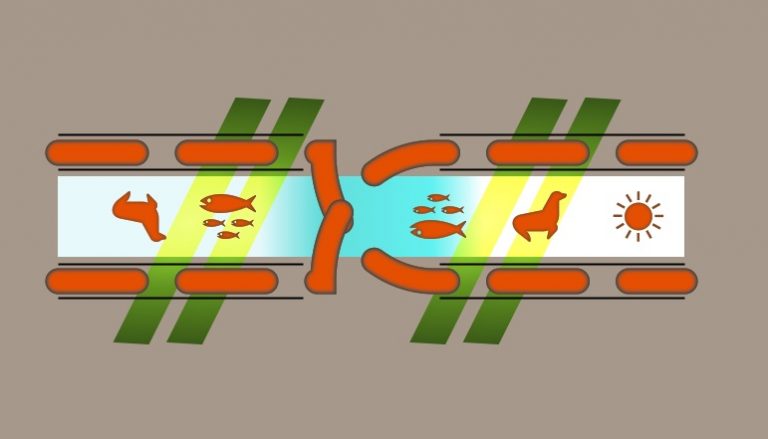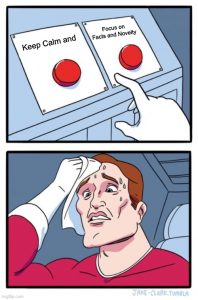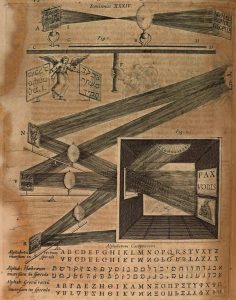The American composer John Adams recently complained during a stay-at-home streaming interview from his composing shack on California’s Lost Coast that Baroque composers had it easy. Their compositions had to conform to about four patterns. But for a modern composer every single piece has to be an original invention. It is daunting, intellectually and emotionally. I’ve noticed this in my own search for new voices in writing, whether my own or those of others.
I’ve been an enthusiast in the past, from the crystalline inward revelations of Goethe in translation to the angry unreliable narrators of 90s transgressive fiction. I reveled in Nabokov’s multilingual estrangement and in Pynchon’s anachronistic dialect in Mason & Dixon. In essays there are the hollowed-out abstractions that form an evocative background in writing about art and architecture, the verbose polysyllabic scrums of political writers at the fringes of liberalism and conservatism who are trying to trace out a living intellectual history, and even the conceptual ambiguity of Continental Philosophy that seems to purposefully undermine its own analytical efforts at clarification.
Martin Amis, in his collection of essays, The Rub of Time, has one central message: don’t do cliché. His second message is don’t write memoirs because they are just crude weapons for attacking your historical enemies, from family to critics. Yet there is a feeling, in retrospect, that the reverse-time narration of Time’s Arrow or the end-reveal of London Fields are a bit gimmicky. The writing is more accessible than a Pynchon, but the mechanics are more akin to short stories from 60s sci-fi, just labored at with greater literary travail.
So, yes, I’ve been an enthusiast in the past but am a critic now.… Read the rest









